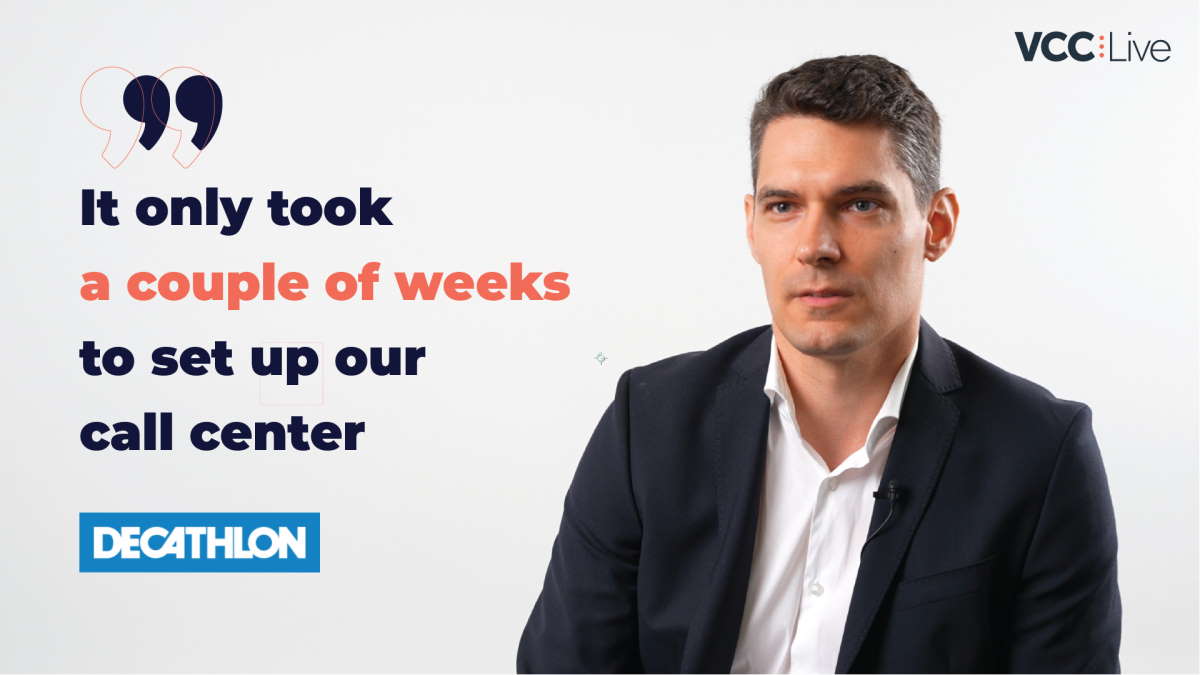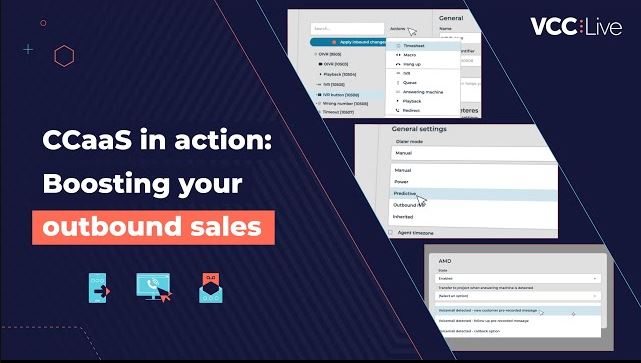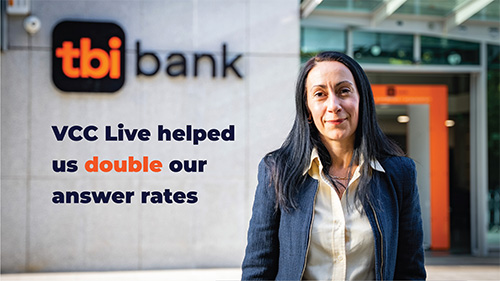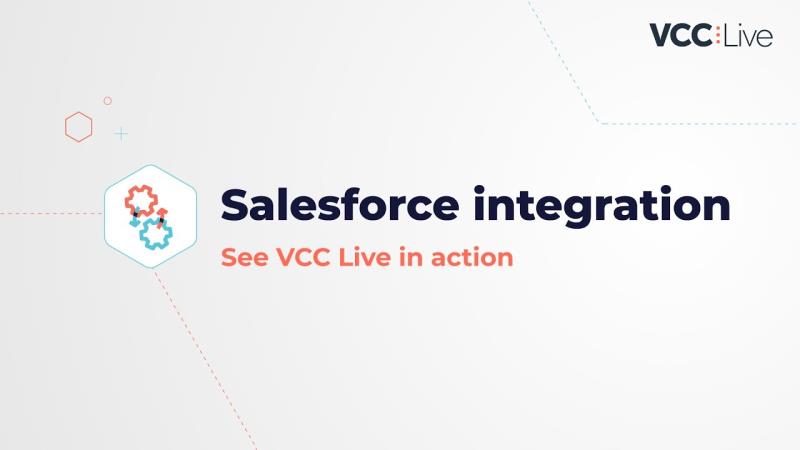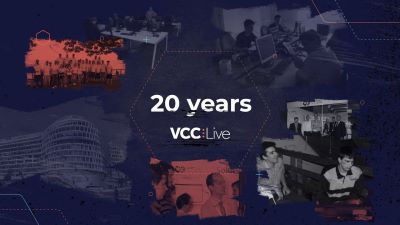Research reveals that 1 in every 3 customers turns to social media to communicate with a business. With such high demand, it’s a good idea to provide excellent customer service on social platforms as well as on more traditional communication channels.
So, how do you handle customer service on social media? Below are a few tips from us.
Sometimes less is more
These days most companies represent themselves on as many social media platforms as possible. However, having a social media profile will only do any good for your company if you have the resources to take care of them.
Keeping several social media platforms up-to-date is particularly time-consuming. What is more, some of these platforms might be completely useless for your business. Therefore, I suggest that instead of being everywhere you rather focus on the platforms where your customers are.
Also, don’t make the mistake of assuming that the most popular channel is the best fit for your audience. If you don’t know where your customers are, just simply ask them. An online survey, for instance, will be a great idea to do that.
Listen to what they say
Your social media sites are not simply platforms where your marketing team can share photos and interesting stories about your brand. These are channels your customers will most probably use for communicating with your businesses.
But replying won’t be enough, you’ll also need to listen to what they say. Paying attention to your customers’ opinions on social sites will provide you with some of the most important information, particularly in terms of product development. After all, it is customers who use your services.
Track and monitor volume
I’m sure you’ve already noticed that every year more and more people start using social media platforms in order to reach out to a business. As a result, chances are that the volume of your customer inquiries via these channels is on the rise as well.
Another important rule of social media customer service is to track and monitor the volume of your incoming queries. This will not only allow you to manage them in a timely manner but will also help you plan your staffing responsible for social media messages.
You can easily keep track of your social inquiries by relying on a contact center software that can be integrated with your social media channels. Our system, VCC Live, can be integrated with Facebook Messenger, the world’s most used social network, with only one click. This way, your agents will be able to handle your customers’ Facebook messages directly in your customer service system. As simple as that!
Hopefully, this article showed you the importance of social media customer service, and you’ve managed to pick up some essential strategies for providing efficient support for your channels!
Software can help automate customer service on social media
Given that handling customer queries on social channels can be a little tricky, there are plenty of solutions that help you automate and streamline many tasks. These includes using a common dashboards for all communication channels (so that social is visible among voice, email, web chat, and more), ticketing systems, social listening, post scheduling, and a lot more. To help you out, we’ve collected a comprehensive list of top tools that help you better handle customer service on social media.
Provide various communication channels
Social media is just one way of getting in touch. As many people still prefer more traditional ways to contact customer service, consider improving these channels as well:
